Sumatra Travel: See Sumatran Orangutans at Bukit Lawang
If you love nature, you’re going to love Bukit Lawang.
Bukit Lawang literally means ‘door to the hills’ and is a small, laidback tourist village located in North Sumatra. Bukit Lawang happens to be the main access point to the Gunung Leuser National Park, which is part of three national parks listed under the Tropical Rainforest Heritage of Sumatra by the UNESCO World Heritage Centre.
What most people usually come to Bukit Lawang for, though, is the Orangutan sanctuary, which is known as the largest animal sanctuary of Sumatra Orangutans. There are around 5,000 of these Orangutans living in the sanctuary so if you’re lucky, you just might catch a glimpse or two.
The Orangutan Rehabilitation Center at Bukit Lawang
As the largest sanctuary of Sumatran Orangutans, Bukit Lawang is one of the best places in the world to see Orangutans in the semi-wild.
The Bukit Lawang Orangutan Rehabilitation Centre was founded in 1973 by a Swiss organization in order to preserve the decreasing number of Orangutans due to hunting, trading, and deforestation. The purpose of the centre is to rehabilitate Orangutans released from captivity by teaching them all the necessary skills to survive in the wild.
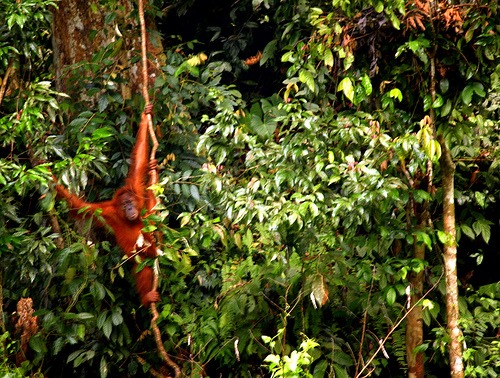
The period at the centre serves as a time to quarantine the Orangutans while helping them readjust to the natural habitat and reintegrate into the semi-wild population. After a while, the rehabilitated Orangutans are released back into the jungle but still monitored by the centre’s rangers.
The released Orangutans are still provided with supplementary food twice a day until they become fully self-reliant. Visitors to Bukit Lawang can see the feedings at the Orangutan Viewing Platform are 8 AM and 3 PM every day.
While watching the feeding, you’ll have the opportunity to learn a lot about Orangutans and the Bukit Lawang Orangutan Rehabilitation Centre.
Best Time to Visit Bukit Lawang
Orangutans are at Bukit Lawang all year round, so if they are your only purpose, then there is no real ‘perfect’ season to visit Bukit Lawang. That being said, Sumatra’s rainy season lasts from November to March and you may want to avoid it during this time if you don’t want a rainy vacation. Still, the rainy season brings torrential rains that start and finish quickly and the days are mostly dry so it will probably not be much of a problem anyway.
One perk of visiting during the rainy season is that there are fewer crowds and you’ll be paying low season prices at the nearby hotels and resorts.
Also, if you don’t want to jostle your way through a crowd to witness an Orangutan feeding, avoid Indonesian public holidays and Sundays.
How to Get to Bukit Lawang
Bukit Lawang is located around 90 kilometres northwest of Medan, where you’ll probably arrive in Sumatra.
From Medan, you can take a taxi to Pinang Baris, which will cost you around 50,000 IDR ($5 USD). From here, you can get a direct minibus to Bukit Lawang for around 20,000 IDR ($2 USD) per person.
If you’re coming from Berastagi or Lake Toba, you can buy a tourist van ticket to Bukit Lawang from local tour agencies or from your hotel.
For more detailed information, check out this site. They have the most comprehensive info on getting to Bukit Lawang.
How to Get Around Bukit Lawang
Bukit Lawang is a conveniently small village and you can easily get around on foot. In fact, it only takes around 25 minutes to walk from one side of the town to the other.
Also, when you’re in the jungle, your only transport option is walking. This is a good thing since trekking gives you the possibility of seeing some of the Sumatran wildlife. If you’re lucky, you just might spot some elephants, tigers, sun bears, gibbons, clouded leopards, and of course – orangutans! On the hills, you’ll also get an amazing view of Bukit Lawang.
Things to See and Do in Bukit Lawang
The most popular thing to do in Bukit Lawang is seeing the Sumatran Orangutans. You can go to the twice-daily feedings to see them, but if you want to see other wildlife too, a great option is…
Trekking
Jungle trekking is super popular in Bukit Lawang since it’s the gateway to the Gunung Leuser National Park and because trekking increases your chance of spotting more Sumatran wildlife.

You can hire a guide through your guesthouse. It’ll cost you around 60 Euros for a two-day trek and around 85 Euros for a 3-day trek. This includes all meals, water, and snack, as well as a well-informed, experienced guide. In the evenings, you’ll make camp at one of the handfuls of campsites near rivers in the national park.
Remember that sightings of Orangutans and other rare Sumatran wildlife are not guaranteed, but if you follow your guide’s instructions, your chances of spotting some fascinating animals are good.
Even after you’ve jungle trekked and checked out some Sumatran wildlife, there are still some other activities that might keep you in Bukit Lawang…
Tubing
After jungle trekking for two or three days, a relaxing tube ride in the cool rivers is sublime. A tube costs around $1 to rent – simply take it upstream and then float down to where you began. Currents can be strong, so be careful on the water.
Tubing is best done in a small group and you can arrange a BBQ upstream, bring some beer and then enjoy a leisurely float down the river together. Not a bad way to spend an afternoon.
Visit the Bat Cave
Going to visit the bat cave is a fun excursion. You can meander around rice field and rubber plantations on your way over and even visit some social projects like the Children’s Home on your way there. Don’t forget to bring your flashlight!
Relax
Bukit Lawang is a small, friendly town with a laidback vibe that many travelers end up staying to enjoy. You can fill your afternoons swimming in the cool rivers, fishing, talking to the locals, and attending the nightly jungle parties around the various guesthouses.
You just might find yourself staying for weeks.
Bukit Lawang Travel Tips
Always, always carry mosquito repellant. It is best if you bring some from your own country since local mosquitoes have a tendency to grow immune to the local repellants.
For trekking, make sure you wear shoes with good grip as the ground in the jungle can be slippery. Also, bring water, sunscreen, and a raincoat or poncho whenever you’re trekking in the jungle. A good LED headlamp is also a good idea.
As always – don’t forget to get travel insurance. Jungle trekking is more or less safe, but it comes with risks. Make sure you are protected.
Make sure you have travel insurance and enjoy the heck out of this paradise while you’re here! Happy traveling!
Thanks for visiting our site Voyager – indonesiad.com and taking the time to read our post!
We’d love if you’d comment and share this post.
If you find the website helpful we would appreciate if you support us by clicking on the related Ads that Google provides you around the pages.

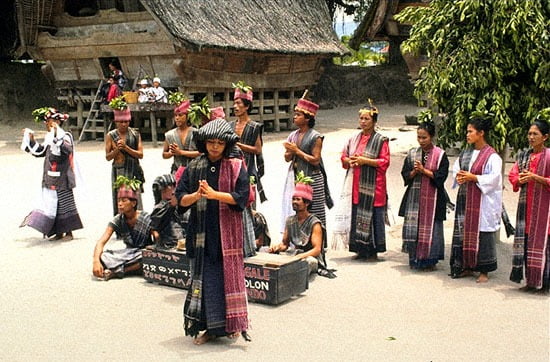





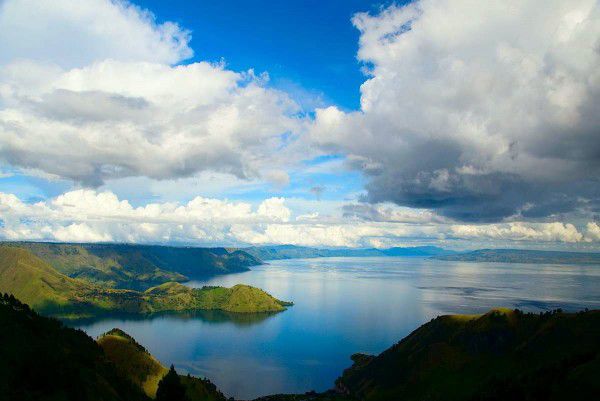





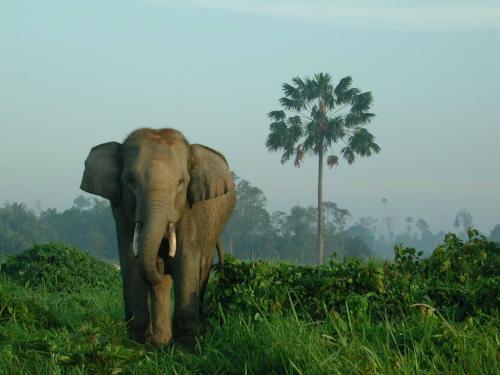
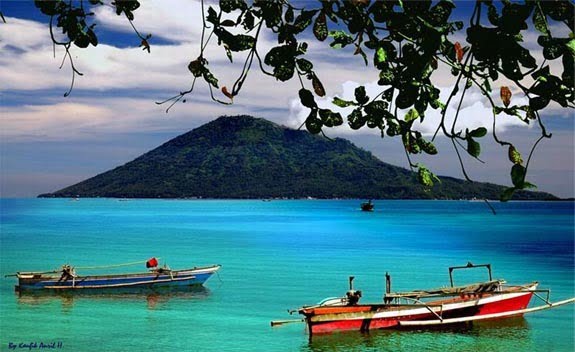

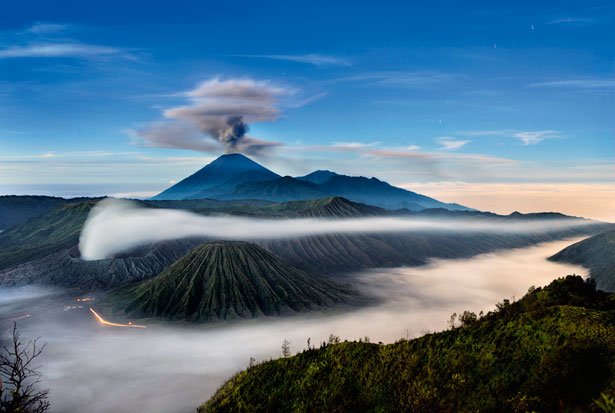



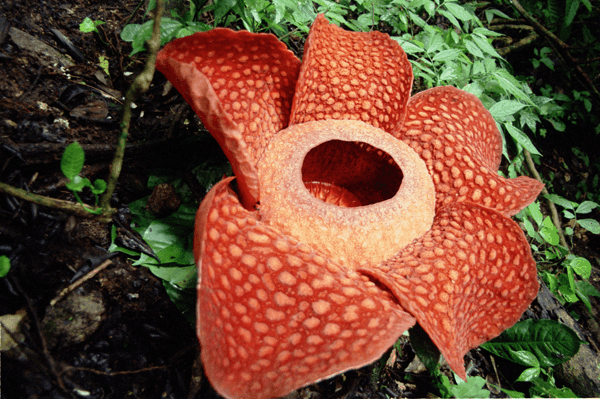




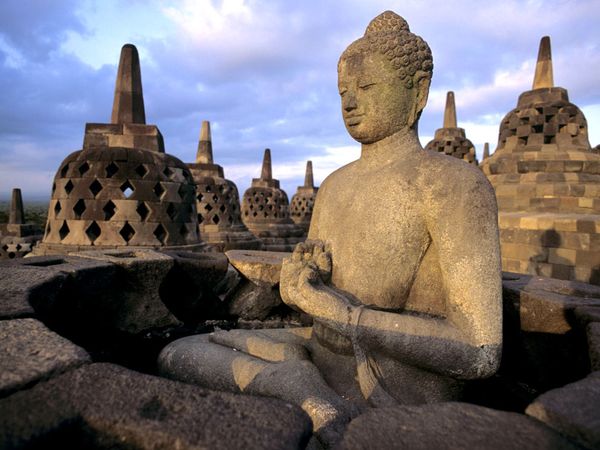
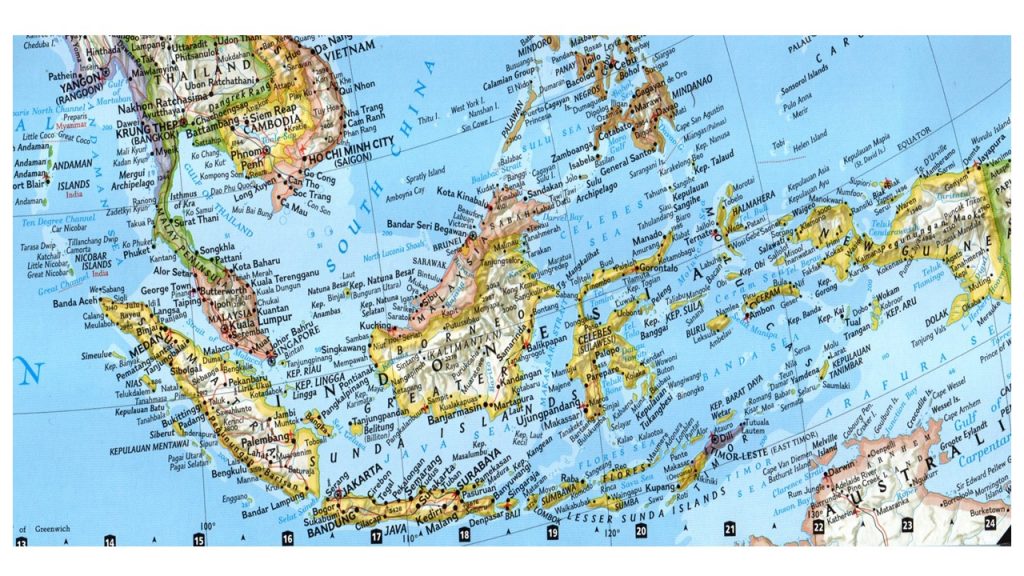
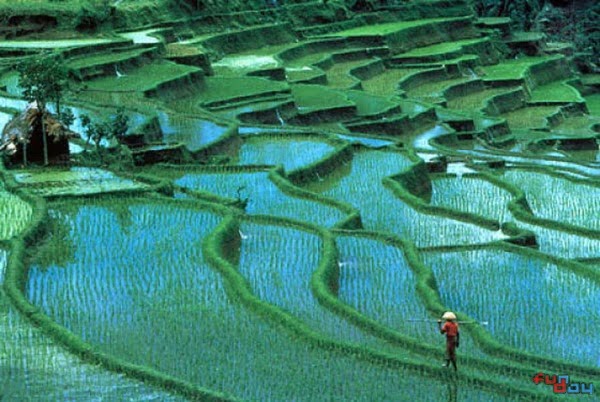
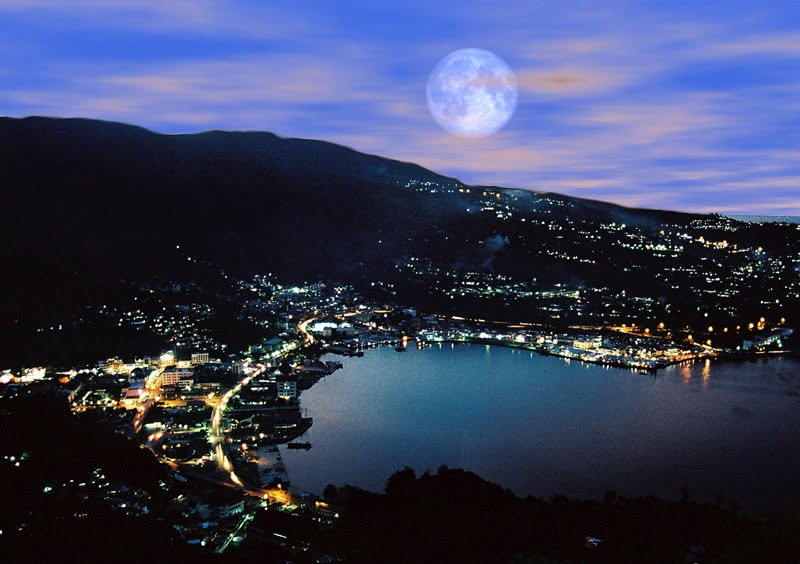




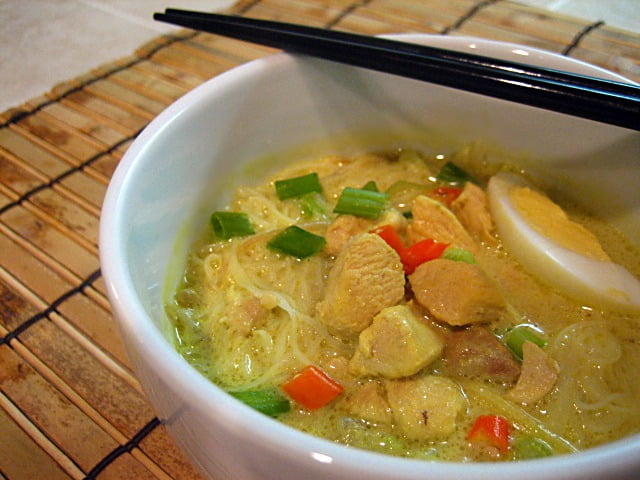
 Rendang is a spicy meat dish with a creamy, spicy, flavorful coconut milk sauce. It originated from the Minangkabau ethnic group of Indonesia and is now a nation-wide and even world-wide favorite.
Rendang is a spicy meat dish with a creamy, spicy, flavorful coconut milk sauce. It originated from the Minangkabau ethnic group of Indonesia and is now a nation-wide and even world-wide favorite. Sambal is not so much a dish as it is a sauce, yet it is so popular, it may as well be a dish. Sambal is an absolute staple on all Indonesian tables and the love of Sambal isso ardent that there are estimated to be as many as 300 varieties of Sambal across the Indonesian archipelago!
Sambal is not so much a dish as it is a sauce, yet it is so popular, it may as well be a dish. Sambal is an absolute staple on all Indonesian tables and the love of Sambal isso ardent that there are estimated to be as many as 300 varieties of Sambal across the Indonesian archipelago! Mmmmm. Roasting BBQ skewers of soft, succulent meat. You’ve probably tasted these in Thai restaurants as they’re a popular appetizer, but you must try them in Indonesia as well.
Mmmmm. Roasting BBQ skewers of soft, succulent meat. You’ve probably tasted these in Thai restaurants as they’re a popular appetizer, but you must try them in Indonesia as well. No list of Indonesian food is complete without Nasi Goreng, long-considered Indonesia’s national dish. This simple, Chinese-influenced fried rice dish differentiates itself from all the other fried rice dishes of the world with a sweet, thick soy sauce called kecap and a sprinkling of acar, pickled cucumber and carrots for a refreshing note.
No list of Indonesian food is complete without Nasi Goreng, long-considered Indonesia’s national dish. This simple, Chinese-influenced fried rice dish differentiates itself from all the other fried rice dishes of the world with a sweet, thick soy sauce called kecap and a sprinkling of acar, pickled cucumber and carrots for a refreshing note. Sure, Nasi Goreng might be the national dish, but nothing represents culturally diverse Indonesia like the popular Gado Gado.
Sure, Nasi Goreng might be the national dish, but nothing represents culturally diverse Indonesia like the popular Gado Gado. A South East Asian favorite, the popular Nasi Padang is 100% Indonesian.
A South East Asian favorite, the popular Nasi Padang is 100% Indonesian. Sure, you can find KFC in Indonesia, but after you try Ayam Goreng, you won’t even be tempted to visit. Indonesia’s fried chicken dish uses small village birds that are given free reign to run around the yard all their lives. The life spent roaming free and happy – as opposed to being cooped up in a cage – makes these chickens pure juicy yumminess.
Sure, you can find KFC in Indonesia, but after you try Ayam Goreng, you won’t even be tempted to visit. Indonesia’s fried chicken dish uses small village birds that are given free reign to run around the yard all their lives. The life spent roaming free and happy – as opposed to being cooped up in a cage – makes these chickens pure juicy yumminess.  Soto is ubiquitous in Indonesia – you can trek from one end to another and still manage to consume a bowl of Soto every day. The broth and ingredients do vary across the archipelago, however, so you probably won’t even get sick of eating it.
Soto is ubiquitous in Indonesia – you can trek from one end to another and still manage to consume a bowl of Soto every day. The broth and ingredients do vary across the archipelago, however, so you probably won’t even get sick of eating it. Another Chinese-influenced dish, Bakso made it to international fame when President Barack Obama fondly recalled it being one of his favorites during a recent trip to Jakarta. The main feature of this dish is the Bakso, or Indonesian meatball, which is made a meat – beef, chicken, fish, shrimp – combines with a big of tapioca flour.
Another Chinese-influenced dish, Bakso made it to international fame when President Barack Obama fondly recalled it being one of his favorites during a recent trip to Jakarta. The main feature of this dish is the Bakso, or Indonesian meatball, which is made a meat – beef, chicken, fish, shrimp – combines with a big of tapioca flour. Last but certainly not least, Rawon is a deliciously flavorful black beef stew from East Java. The soup uses keluak nut for a deepy, nutty flavor combined with garlic, shallots, ginger, turmeric, and red chili for a hearty spiciness.
Last but certainly not least, Rawon is a deliciously flavorful black beef stew from East Java. The soup uses keluak nut for a deepy, nutty flavor combined with garlic, shallots, ginger, turmeric, and red chili for a hearty spiciness.